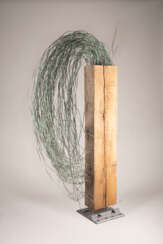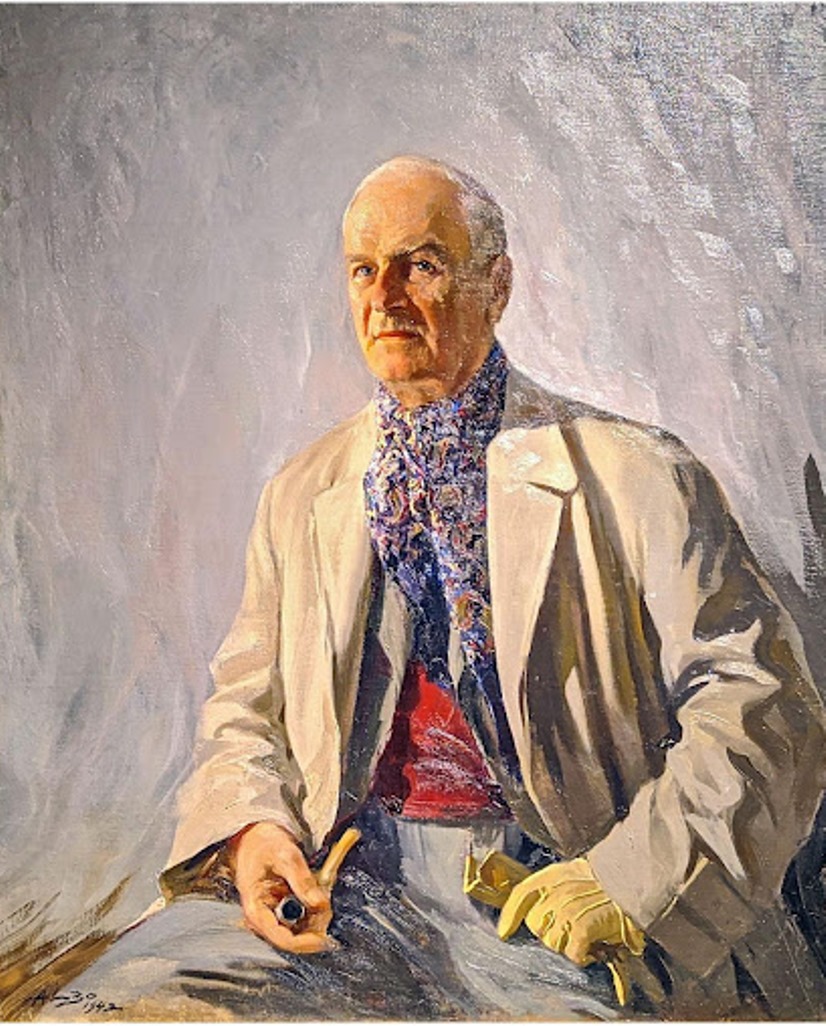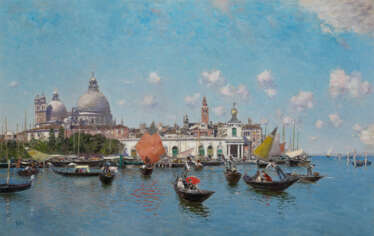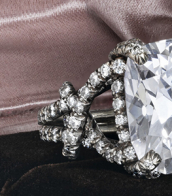venice art
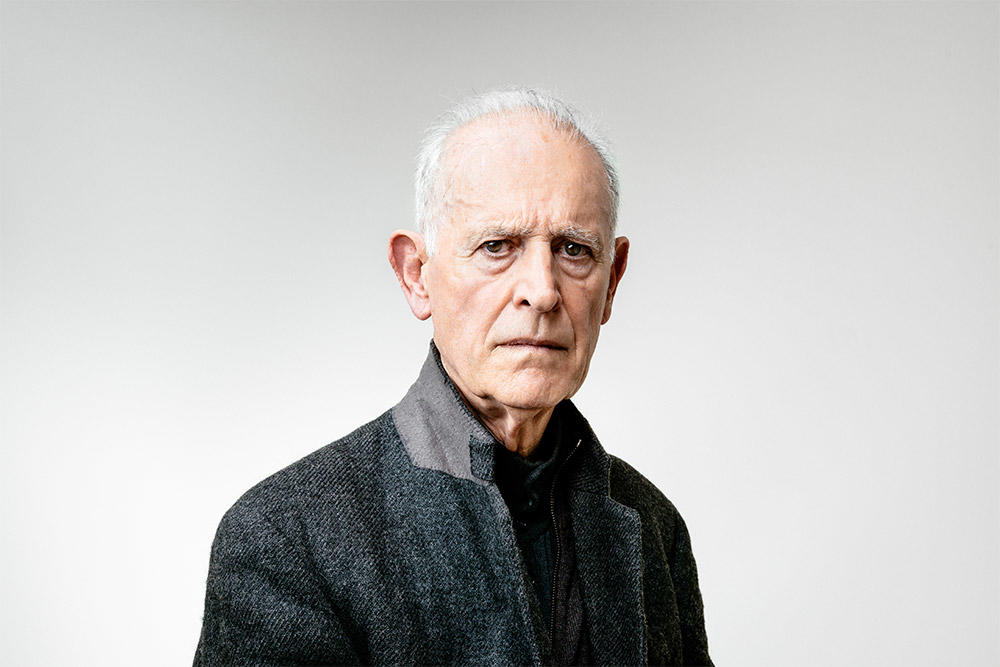
Martial Raysse is a French artist and actor. He lives in Issigeac, France. He holds the record for the most expensive work sold by a living French artist.


Richard Ernst Artschwager was an American painter, illustrator and sculptor. His work has associations with Pop Art, Conceptual art and Minimalism.



Martine Seibert-Raken is a German artist and conceptual sculptor.
She works with wall objects, drawings, sculptures, and has become known for creating a unique structure of thin wire mesh, elusive as a cumulus cloud. This dense cloud of hexagonal wire mesh, landing in the green or floating in the air, also fascinates viewers because its surface is constantly changing due to the reflection of light. Martine Seibert-Raken's most successful works are installations in gardens, on rooftops or in urban settings, where they come into close contact with light - day and night.


Martine Seibert-Raken is a German artist and conceptual sculptor.
She works with wall objects, drawings, sculptures, and has become known for creating a unique structure of thin wire mesh, elusive as a cumulus cloud. This dense cloud of hexagonal wire mesh, landing in the green or floating in the air, also fascinates viewers because its surface is constantly changing due to the reflection of light. Martine Seibert-Raken's most successful works are installations in gardens, on rooftops or in urban settings, where they come into close contact with light - day and night.


Napoleone Martinuzzi is a famous Italian artist, sculptor, designer and ceramist.


Carlo Scarpa was an Italian architect, influenced by the materials, landscape and the history of Venetian culture, and by Japan. Scarpa translated his interests in history, regionalism, invention, and the techniques of the artist and craftsman into ingenious glass and furniture design.


Carlo Scarpa was an Italian architect, influenced by the materials, landscape and the history of Venetian culture, and by Japan. Scarpa translated his interests in history, regionalism, invention, and the techniques of the artist and craftsman into ingenious glass and furniture design.


Napoleone Martinuzzi is a famous Italian artist, sculptor, designer and ceramist.


Martín Rico y Ortega was a Spanish painter of landscapes and cityscapes.
Rico was one of the most important artists of the second half of the nineteenth century in his native country, and enjoyed wide international recognition as well, especially in France and the United States. From his earliest works painted in the mountainous countryside outside of Madrid to the later works he painted in Paris and Venice, throughout his life Rico stayed true to his love of painting en plein air, despite his evolving artistic style.


Martín Rico y Ortega was a Spanish painter of landscapes and cityscapes.
Rico was one of the most important artists of the second half of the nineteenth century in his native country, and enjoyed wide international recognition as well, especially in France and the United States. From his earliest works painted in the mountainous countryside outside of Madrid to the later works he painted in Paris and Venice, throughout his life Rico stayed true to his love of painting en plein air, despite his evolving artistic style.


Dino Martens was an Italian painter and designer particularly noted for his glass work trained at the Accademia di Belle Arti. He had his paintings exhibited at the Venice Biennale (1924-1930) and after his return from Italy's African wars became the artistic director of Aureliano Toso (the famous Venetian glass works). He remained there for many years producing many noted works using traditional Venetian techniques but producing some original effects, "daring" asymmetric shapes - the designs often being marked by their obvious difficulty of execution.

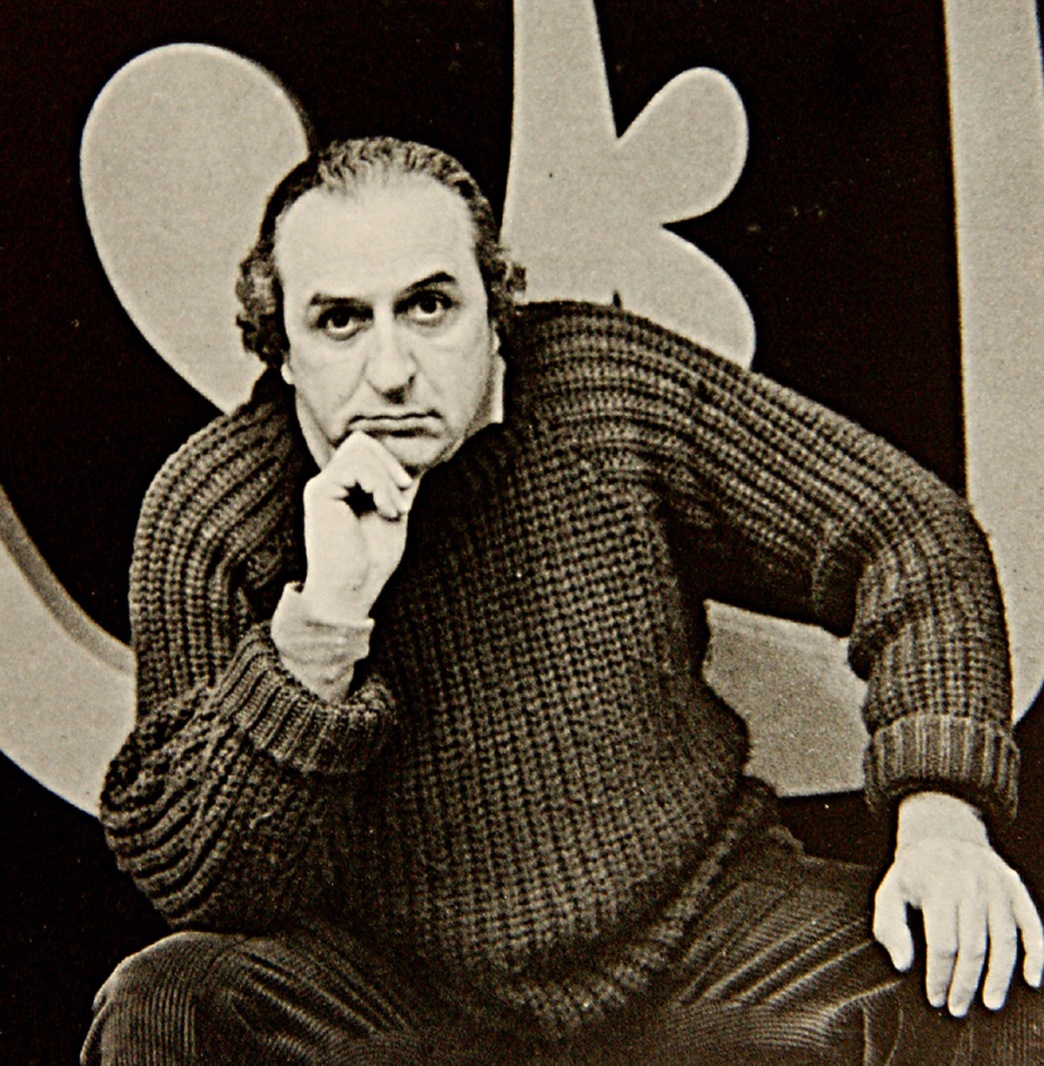
Arturo Carmassi was an Italian abstractionist painter, sculptor, and printmaker.
He studied at the Albertina Academy in Turin. Carmassi created many images, sculptures and engravings on metal and worked in lithography and silkscreen. He has participated in numerous exhibitions and biennales and is an internationally recognized sculptor.


Peter Thomas Blake is an English pop artist. He co-created the sleeve design for the Beatles' album Sgt. Pepper's Lonely Hearts Club Band. His other works include the covers for two of The Who's albums, the cover of the Band Aid single "Do They Know It's Christmas?", and the Live Aid concert poster. Blake also designed the 2012 Brit Award statuette.
Blake is a prominent figure in the pop art movement. Central to his paintings are his interest in images from popular culture which have infused his collages. In 2002 he was knighted at Buckingham Palace for his services to art.


Carlo Scarpa was an Italian architect, influenced by the materials, landscape and the history of Venetian culture, and by Japan. Scarpa translated his interests in history, regionalism, invention, and the techniques of the artist and craftsman into ingenious glass and furniture design.


Carlo Scarpa was an Italian architect, influenced by the materials, landscape and the history of Venetian culture, and by Japan. Scarpa translated his interests in history, regionalism, invention, and the techniques of the artist and craftsman into ingenious glass and furniture design.

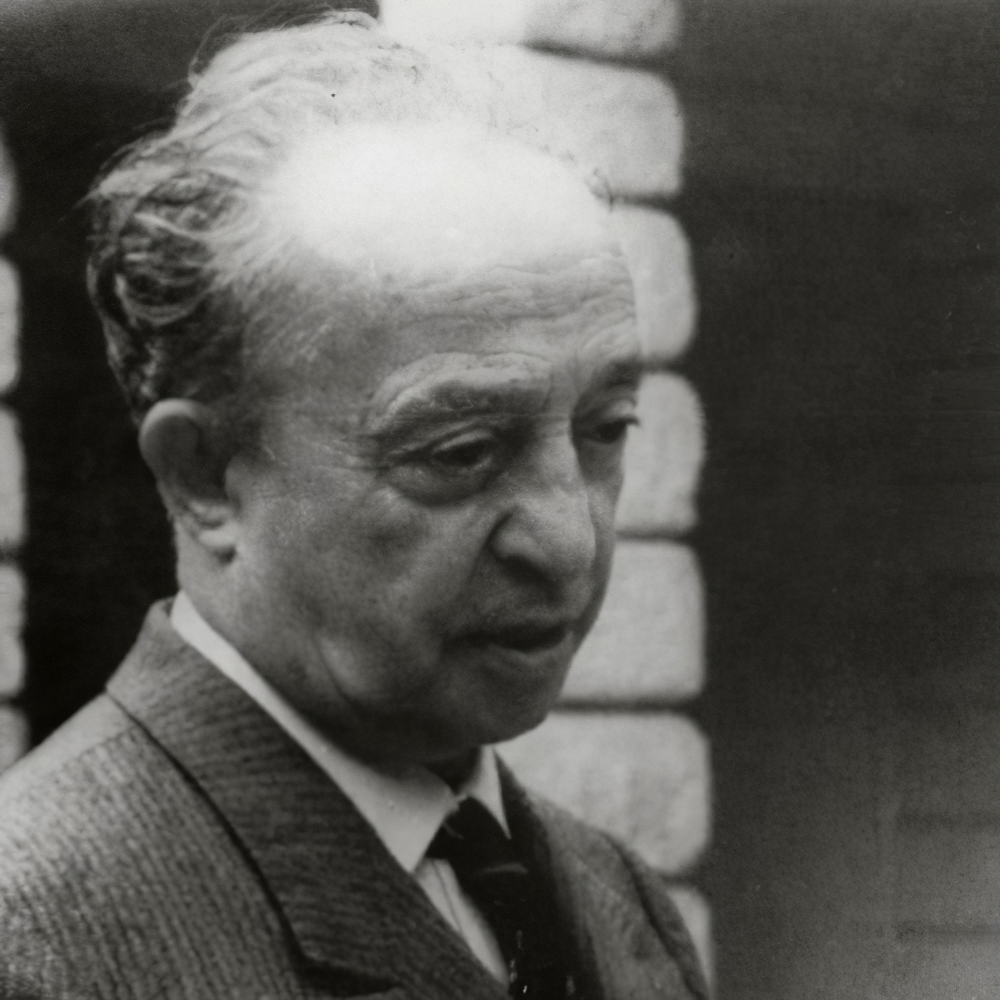
Tomaso Buzzi was an Italian architect and designer.
He also worked as a furniture and glass designer and wrote articles in Domus and Dedalo. Buzzi's slow departure from modernism accentuated after 1945, when he worked mainly as a private architect for the Italian aristocracy and the big bourgeoisie of the Volpi, Agnelli, etc.
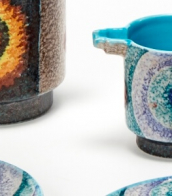

Iacopo Negretti, best known as Jacopo or Giacomo Palma il Giovane or simply Palma Giovane ("Young Palma"), was an Italian painter from Venice and a notable exponent of the Venetian school. After Tintoretto's death (1594), Palma became Venice's dominant artist perpetuating his style. Outside Venice, he received numerous commissions in the area of Bergamo, then part of the Venetian Domini di Terraferma, and in Central Europe, most prominently from the connoisseur emperor Rudolph II in Prague. Rejecting Mannerism in the 1580s, he embraced a reformist naturalism.[6] He varied the ingeniously synthesised amalgam according to subject matter and patrons' own eclectic and conservative tastes, with "virtuoso skill and a facile intelligence". Palma il Giovane went on to organize his own, large studio which he used to produce a repetitive series of religious and allegorical pictures that can be found throughout the territory of the Venetian Republic.


Iacopo Negretti, best known as Jacopo or Giacomo Palma il Giovane or simply Palma Giovane ("Young Palma"), was an Italian painter from Venice and a notable exponent of the Venetian school. After Tintoretto's death (1594), Palma became Venice's dominant artist perpetuating his style. Outside Venice, he received numerous commissions in the area of Bergamo, then part of the Venetian Domini di Terraferma, and in Central Europe, most prominently from the connoisseur emperor Rudolph II in Prague. Rejecting Mannerism in the 1580s, he embraced a reformist naturalism.[6] He varied the ingeniously synthesised amalgam according to subject matter and patrons' own eclectic and conservative tastes, with "virtuoso skill and a facile intelligence". Palma il Giovane went on to organize his own, large studio which he used to produce a repetitive series of religious and allegorical pictures that can be found throughout the territory of the Venetian Republic.

















